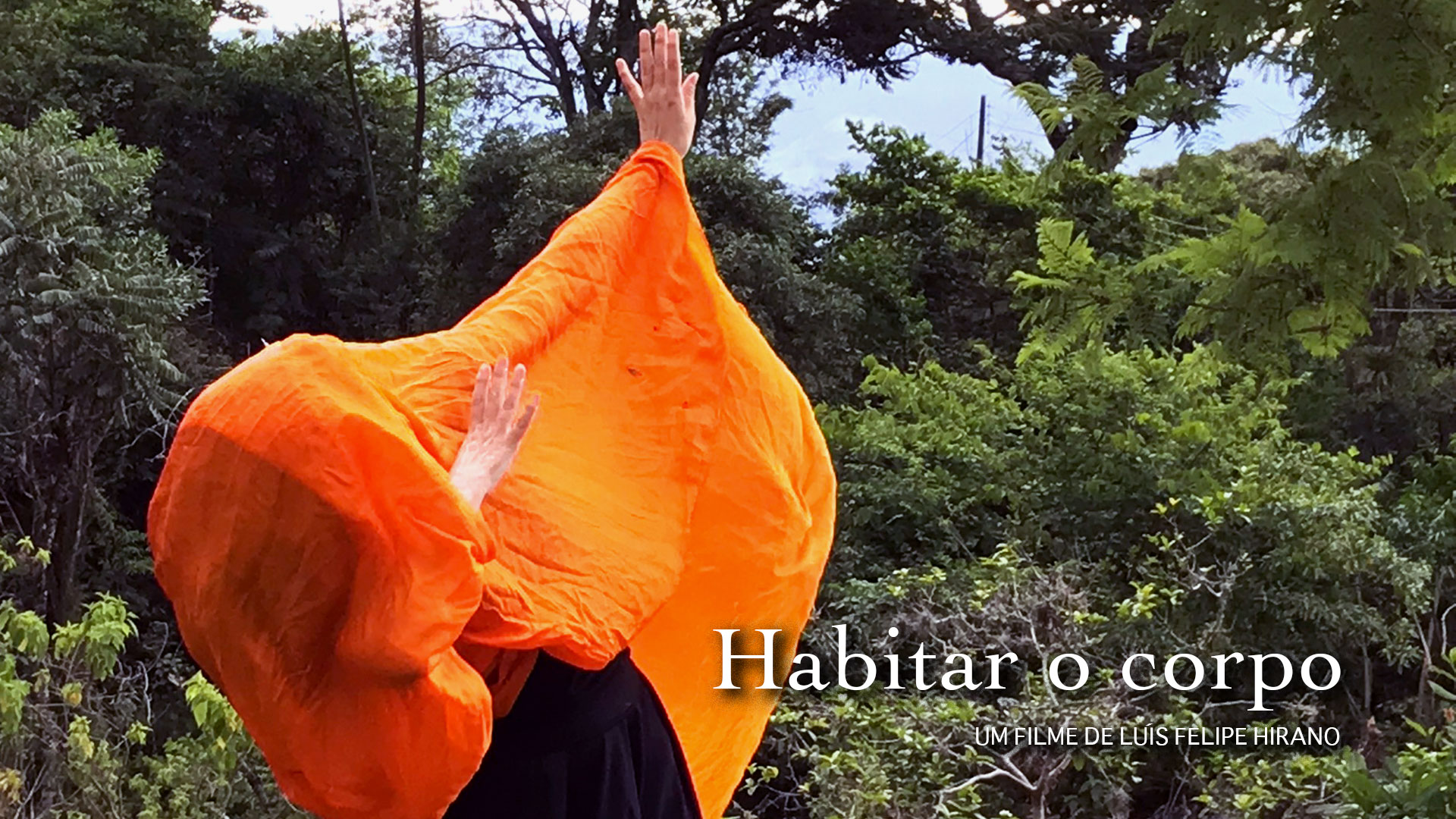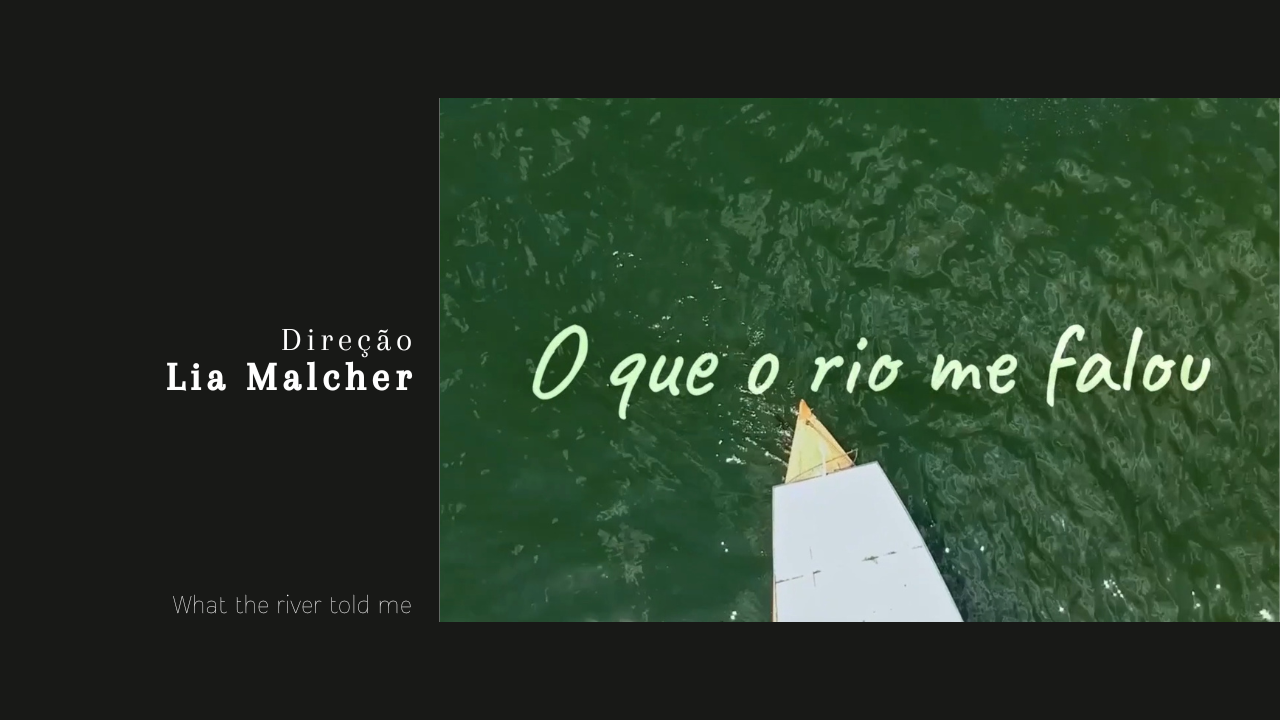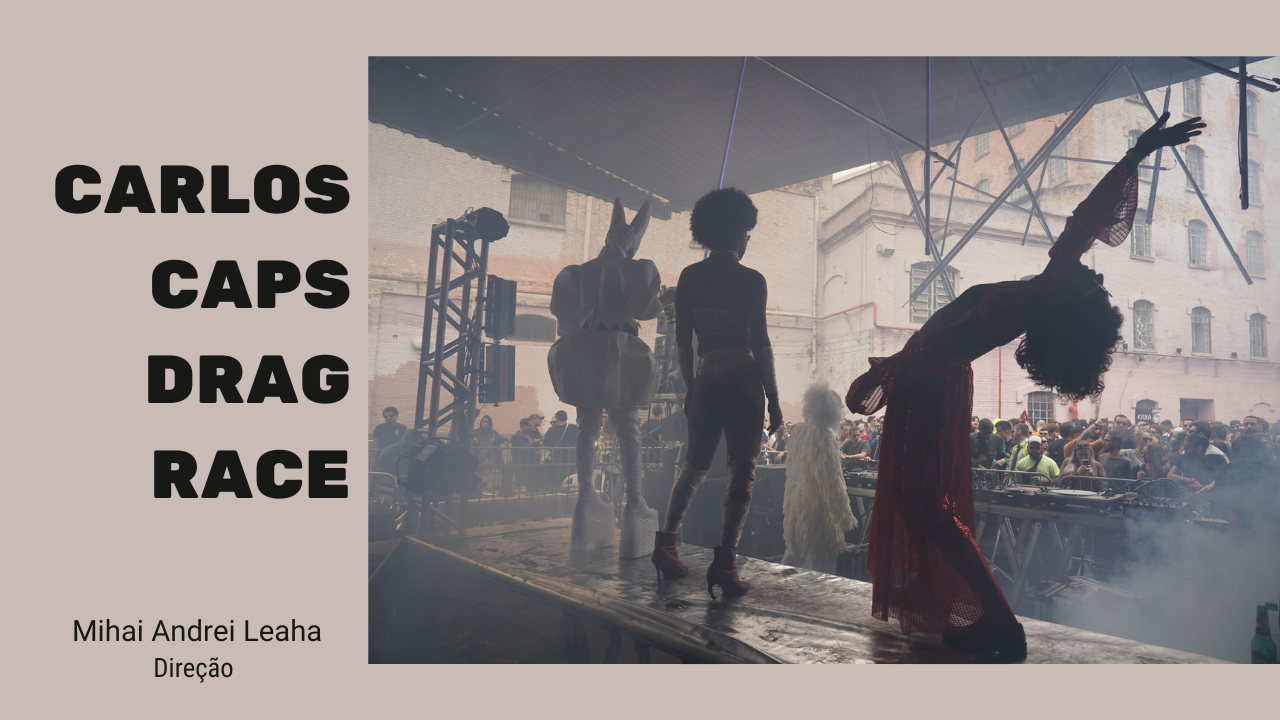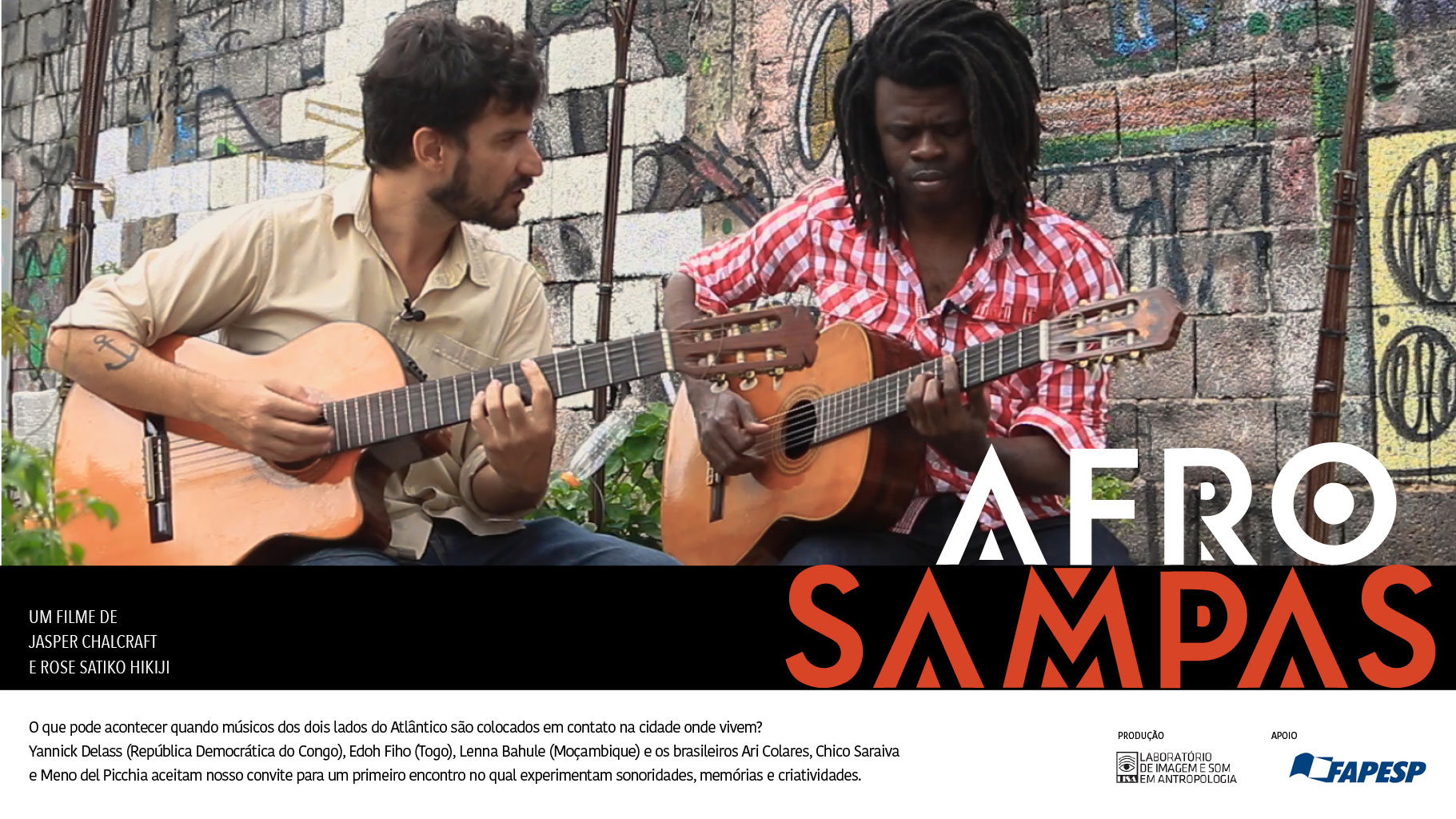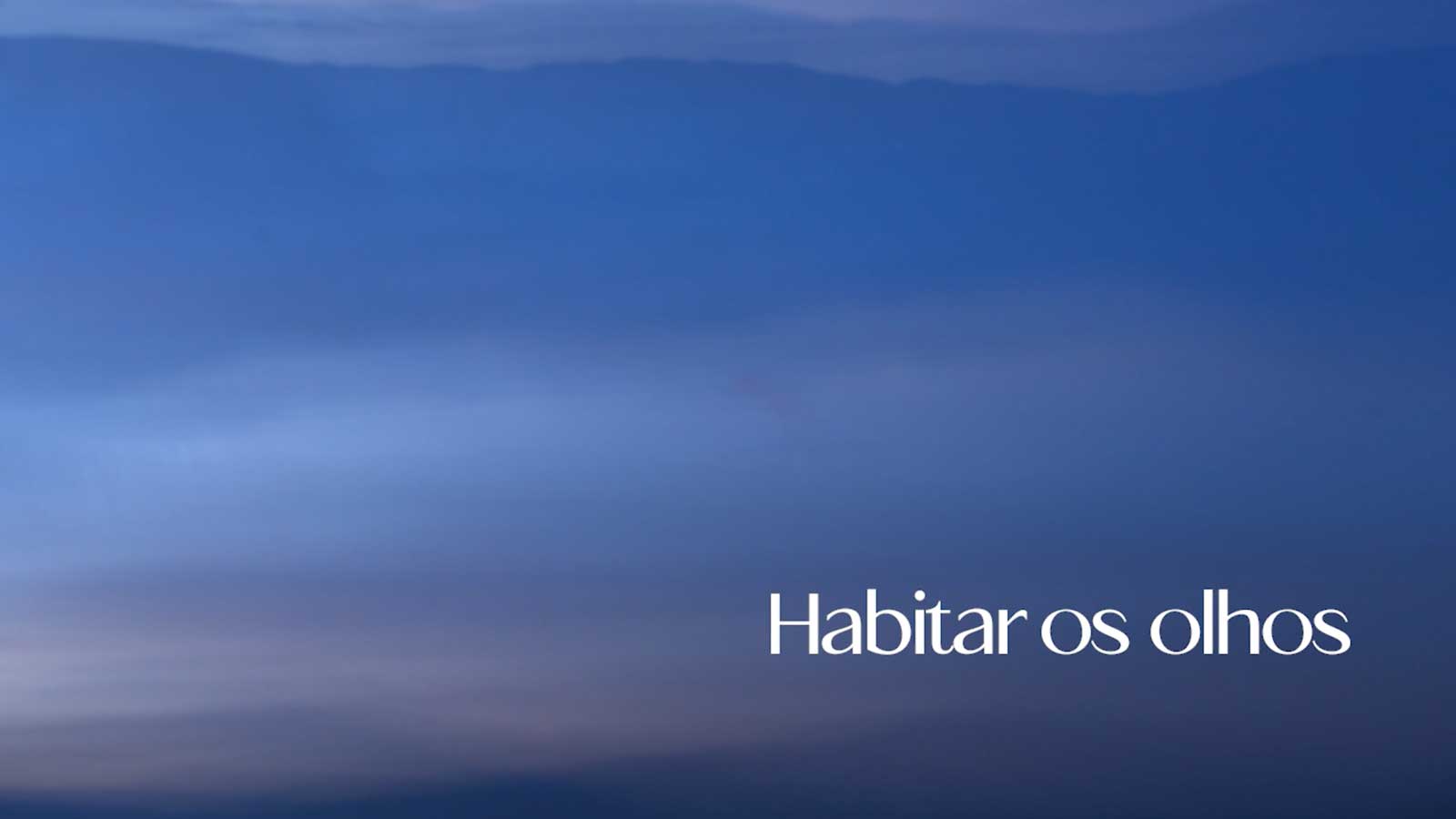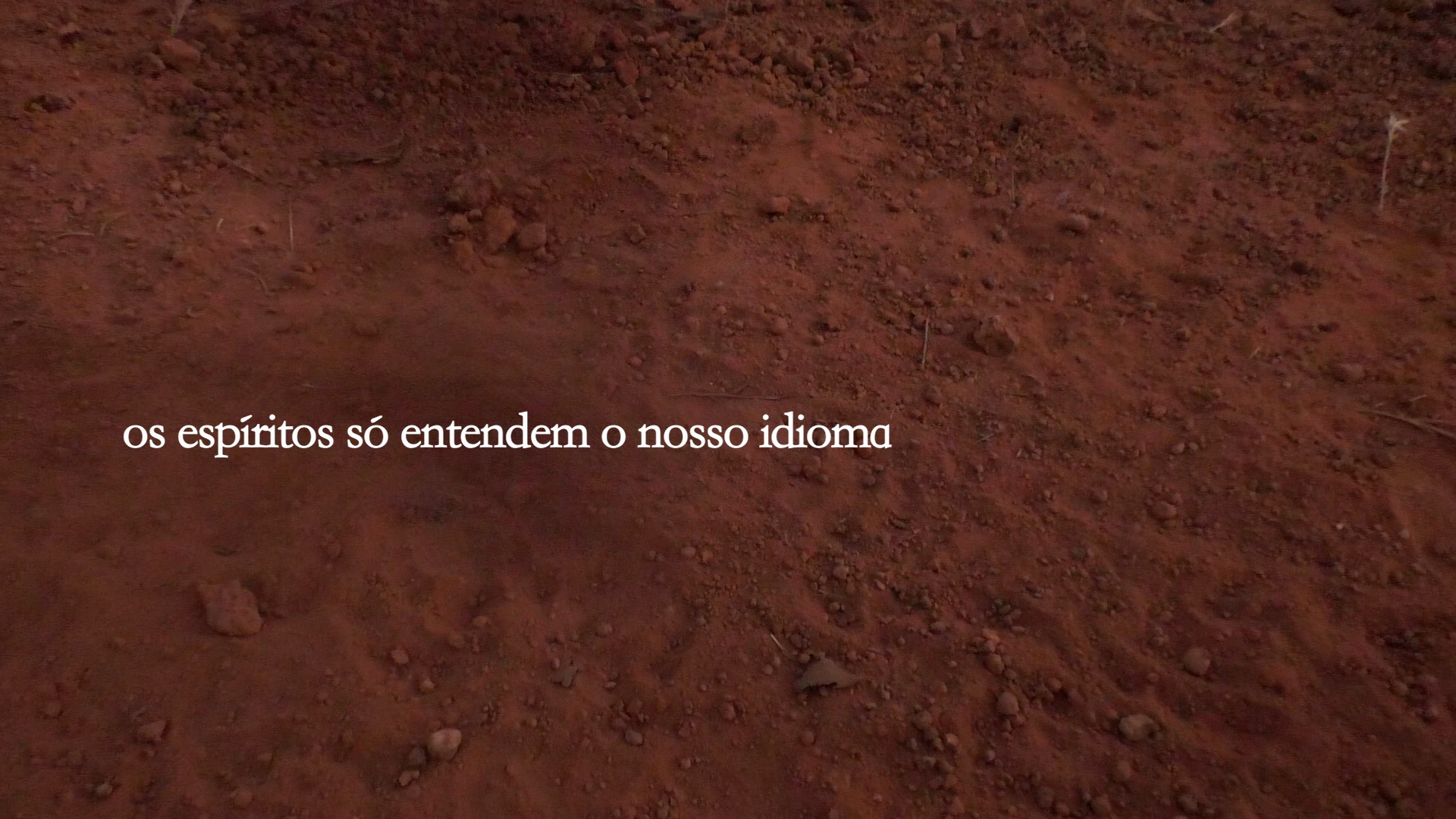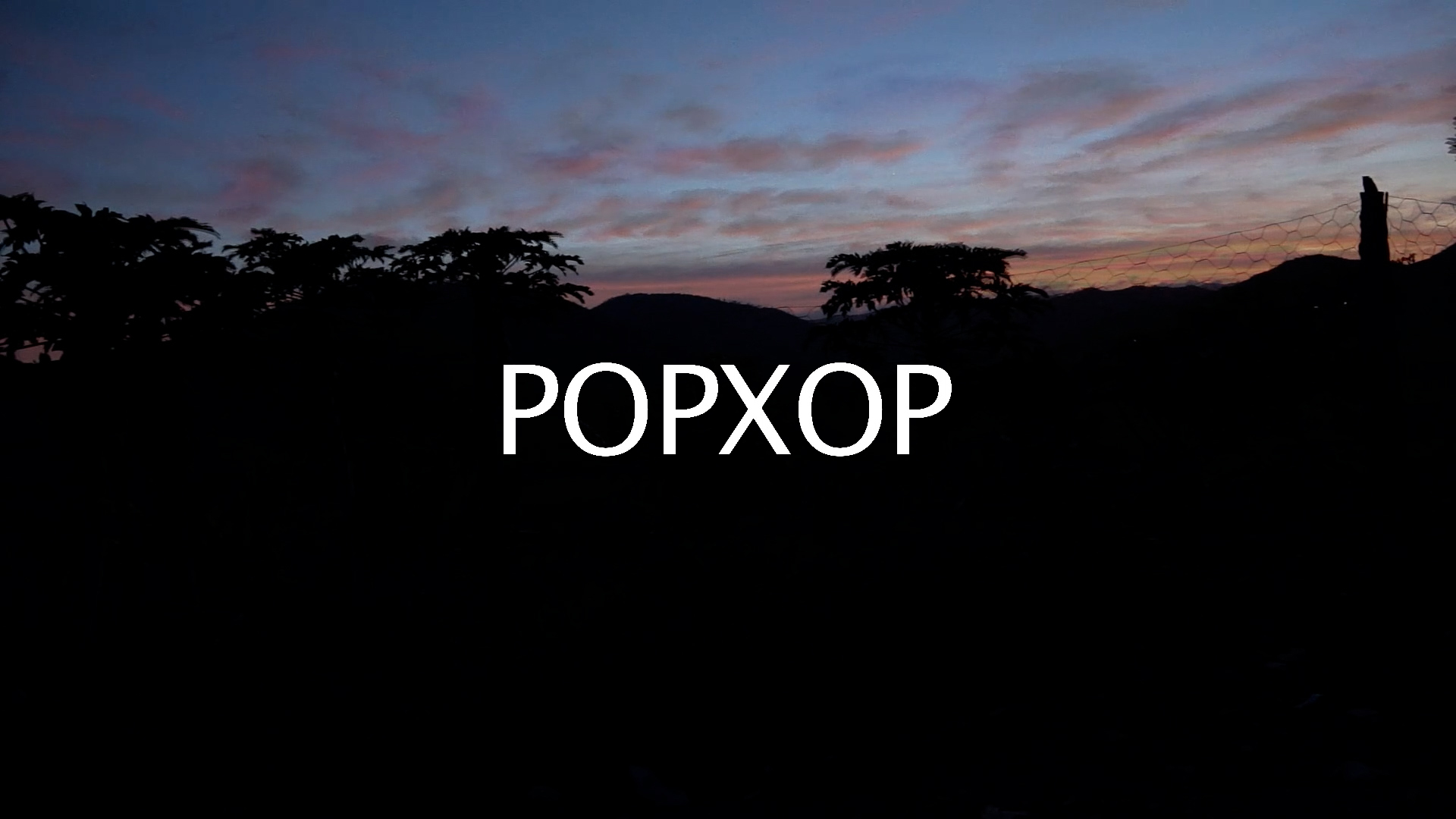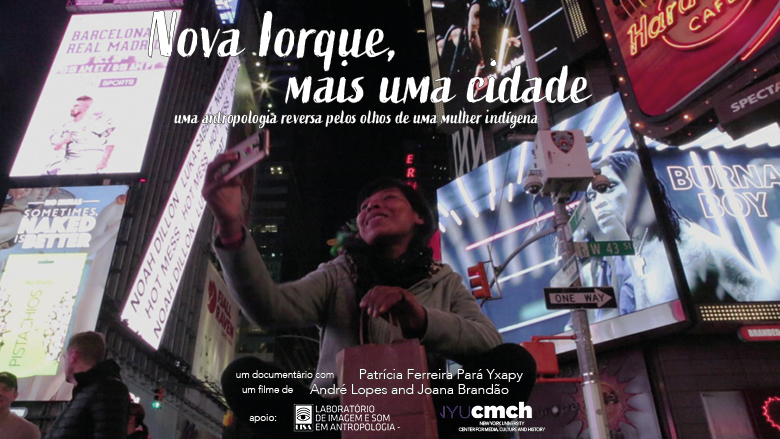Videos
In this film, psychologist, performer and dancer Elizabeth Lewin tells how Arte Org body and perceptual therapy contributes to her work in Água de la Luna, an oriental dance group, and in Colectivo Máquina a Costura which, based on performances in spaces public, questions and confronts gender-based violence. Through their reflections, we delve into the topic of relationships between artistic creation, mental and bodily health.
In São Roque, in the interior of São Paulo, residents and tourists gather monthly in a centenary house to follow the performances of the Grupo de Choro, Seresta e Serenata, which for ten years has been rescuing musical practices from the local past. Following the path of these sounds that connect houses, streets, people and temporalities, the film presents the memories that cross the engagement with music in this context, where remembering the past is also a way of building a space of sociability in the present. Three characters linked to the Group guide the development of the film: Mari (coordinator), Bela (godmother) and Zé do Nino (host).
What do African artists who arrive in Brazil bring with them on their journey? How do Brazil's African diasporas interact - the new creative diaspora and the historic one that turned the Atlantic into a cemetery? What stages are sought out, occupied or constructed, and then filled with the performances of artists who cross the ocean? Ancestral identities are updated in performances that construct an Afropolitan present in a metropolis where it is necessary to be bold, to colour the grey.São Palco - an Afropolitan City presents the city of São Paulo itself as a kind of meta-stage occupied by artists from Togo, Mozambique, the Democratic Republic of Congo and Angola, among other African nations, in dialogue with the Brazilian population and all of its openings, contradictions and tensions.
Cleide Vasconcelos is a singer, songwriter and community leader from Quilombo de Arapemã, in the Lower Tapajós region. Music accompanies her in her daily life, becoming an important narrative tool about her riverside experience, in the struggle for her territory and in the relationships she builds with her family and social movement companions.
Three Brazilian drag queens prepare for a Drag Race in São Paulo. While getting ready for
the show, Satine, Di Vina Kaskaria and Gabeeh Brasil share about how experiences and struggles
lived in the process of elaborating their drags turned them into multi-artists. During the
contest, this transformation is revealed and staged, and mixes with the Caps Lock party, in the vibrant scene
independent electronic music in São Paulo.
Nubia is a clubber and photographer of the independent electronic music scene in São Paulo. Walking through the center of São Paulo, during the SP event in the streets, she photographs while dancing and interacting with friends and performers. Hers photographs reveal an original, political and aesthetic look, which vividly captures the scenes of this dazzling universe.
Every September 27, Julio Valverde and his family perform a Cosme and Damião caruru at Soteropolitano, a Bahia food restaurant located in São Paulo. Over 25 years, the promise to offer this party has been fulfilled. Will it be able to withstand the impacts of the pandemic?
The African presence in Brazilian music manifests itself in different ways. If in 1966, Baden Powell “Rio-fied” candomblé with the Afro-sambas he composed with Vinícius de Moraes, half a century later we experienced an unprecedented moment with the arrival of musicians from different African countries in the metropolis of São Paulo. In the film Afro-Sampas we see what can happen when musicians from both sides of the Atlantic are brought into contact in the city where they live. Yannick Delass (Democratic Republic of Congo), Edoh Fiho (Togo), Lenna Bahule (Mozambique), and the Brazilians Ari Colares, Chico Saraiva and Meno del Picchia accept our invitation to a first meeting in which they share sounds, memories and creativity.
Inhabiting the eyes, walking along images and following lines drawn with a camera are some of the experiences proposed in this film. It is based on the story and compositions made by photographer Evelyn Torrecilla, based on her experiences in Arte Org therapy, responsible for a transformation in her ways of seeing and photographing. The film invites the viewer to move their senses along photos taken by Evelyn. The soundtrack, composed by the musician and Arteorgian therapist Javiera Abufhele, also reflects the learning of this therapy. The result is a synaesthetic experience that suggests a shuffle between cinema, photography, drawing and music.
The production is the result of Post-Doctoral research, entitled "Ways of perceiving and ways of taking care of oneself: an audiovisual ethnography of Art Org therapy", carried out by Luis Felipe Kojima Hirano at PPGAS-USP and at the Laboratory of Image and Sound in Anthropology , under the supervision of Sylvia Caiuby Novaes, between 2019 and 2020. The research sought to systematize eight years of fieldwork in Arte Org therapy, created by Jovino Camargo Jr., which follows the principles of body and perceptive psychology by Wilhelm Reich. From a series of exercises that work the body and perception, Arte Org seeks to deal with contemporary human functioning, enhancing ways of seeing and feeling the world. In this research, I mapped the crossings of bodily and perceptive experience in the artistic production of photographers, musicians, dancers, actors and actresses from Arteorgu. The short film “Habitar os olhos” is the first episode of a series in preparation, which aims to imagetically explore the movements of these artists. The Covid-19 pandemic posed challenges to the film's initial conception. The impossibility of continuing the filming made room for an intense work of editing with photographs by Evelyn Torrecilla. If it was not possible to film the photographer's wanderings through different landscapes due to the quarantine, it was at least possible to walk along her photographs, thus seeking to get out of the confinement imposed by the pandemic. The result is a mix of documentary and photofilm – an invitation to listen to Evelyn's experience at Arte Org and to walk with one's eyes through her photographs.
A family decides to open a classical music school in their own house. The young six Cruz brothers start to teach various musical instruments to the children in their neighborhood. Little by little the house becomes a musical meeting place in one of Fortaleza’s most dangerous neighborhoods. But in order to live their dream of becoming professional musicians the family need to look for new horizons. How far will music take them?
Only six elders of the Manoki population in the Brazilian Amazon still speak their indigenous language, an imminent risk of losing the means by which they communicate with their spirits. Although this is a difficult topic, young people decide to tell in images and words their version of this long history of relations with non-indigenous people, talking about their pains, challenges, and desires. Despite all the difficulties of the current context, struggle and hope echo in various dimensions of the short film, indicating that “the Manoki language will survive!”
The Popxop, Macacos-Yãmĩyxop (Po'op-Yãmĩyxop), are singing allies of the Tikmũ´ũn / Maxakali people, now residents of the Mucuri Valley, in Minas Gerais. Periodically, they come to the villages to spend a long period, which can last for a few months, to manage the homesickness of their mothers and fathers, male and female shamans Tikmũ'ũn / Maxakali. They sing the stories, secrets, paths and views of the Atlantic Forest, imitating and narrating songs from other groups of Yãmĩyxop, singing-enchanted beings who also accompany and protect the Tikmũ´ũn / Maxakali. Bringing knowledge and experiences of joy, they ensure the health of the community and celebrate shamanic encounters that cross territory and time.
Only six elders of the Manoki population in the Brazilian Amazon still speak their indigenous language, an imminent risk of losing this important dimension of their ways of existence. Decided to reclaim their language with the elders, the younger ones decide to narrate their challenges and desires in images and words. Based on the analogy with the fragility of cotton that becomes a strong wire to support the weight in the hammock, Marta Tipuici speaks about the resistance of her people, her relationship with her grandmother and her hope to speak their indigenous language again.
Roland Barthes announced a provocative "death of the author" while Michel Foucault wondered "what is an author?". In addition to these recognized authors, how is it possible to think about the hierarchies and authorship involved in ethnographic films? Are there author layers? An anthropologist, a musician and a cultural artivist, who made the film "Art and the street"" together, reflect on these questions.
A young leader and audiovisual director, Patrícia Ferreira has been recognized for the documentaries she has been making with her people, the Guarani Mbya. She was called to debate her work at one of the world's largest ethnographic film festivals, the Margaret Mead Film Festival, held at the American Museum of Natural History in New York. In that place, Patricia comes across some exhibitions, debates and attitudes that make her think about the "juruá" people’s world, contrasting it with the Guarani’s modes of existence.


